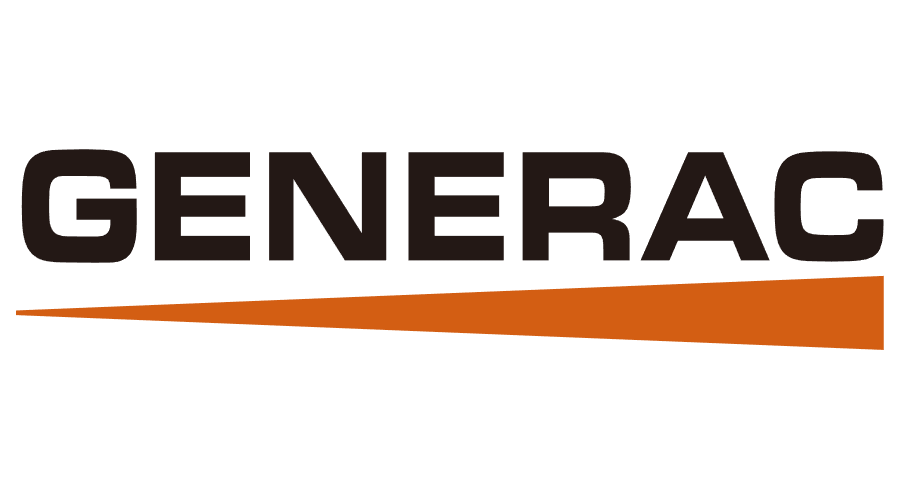RESEARCH
Application Areas
POWER MANAGEMENT

As processor-based systems become more complex, more power is consumed by both active and standby systems. At the same time, more systems are going portable and the emphasis on extending battery life adds more challenges to power management. Designers are now striving for high efficiency at both full and light loads.
Since the U.S. Environmental Protection Agency (EPA) added computers to ENERGY STAR specifications, many of the major system manufacturers, such as HP, Dell, Cisco, IBM, and Intel are pushing for even higher energy efficiency. Their current near-term target is 92 percent ef ciency at 20 percent load, 94 percent at 50 percent load, and 92 percent at full load.
Historically, the goals of efficiency, thermal management, voltage regulation, reliability, power density, and cost drove power electronics design. These factors remain critical, particularly in the face of falling supply voltages and rising current demands. Yet, as multiple voltages proliferate across the PC board, the challenge becomes distributing and managing power across the board.
It is time to revisit the power architectures that are in general use and have evolved over time. These architectures may no longer be the optimal solution.
Related CPES Research Volumes
- High-Frequency Resonant, Quasi-Resonant, and Multi-Resonant Converters (Volume I)
- Modeling, Analysis, and Design of PWM Converters (Volume II)
- High-Frequency Resonant and Soft-Switching PWM Converters (Volume IV)
- Switching Rectifiers for Power Factor Correction (Volume V)
- Advanced Power Conversion Techniques (Volume VII)
- Converters and Distributed Power Systems (Volume VIII)
- Low Voltage Power Conversion and Distributed Power Systems (Volume IX)
- Advanced Soft-Switching Techniques, Device and Circuit Applications (Volume XI)
- Distributed Power Systems Front-End Converters: Power Factor Correction and Isolated Converters (Volume XIV)





























































































